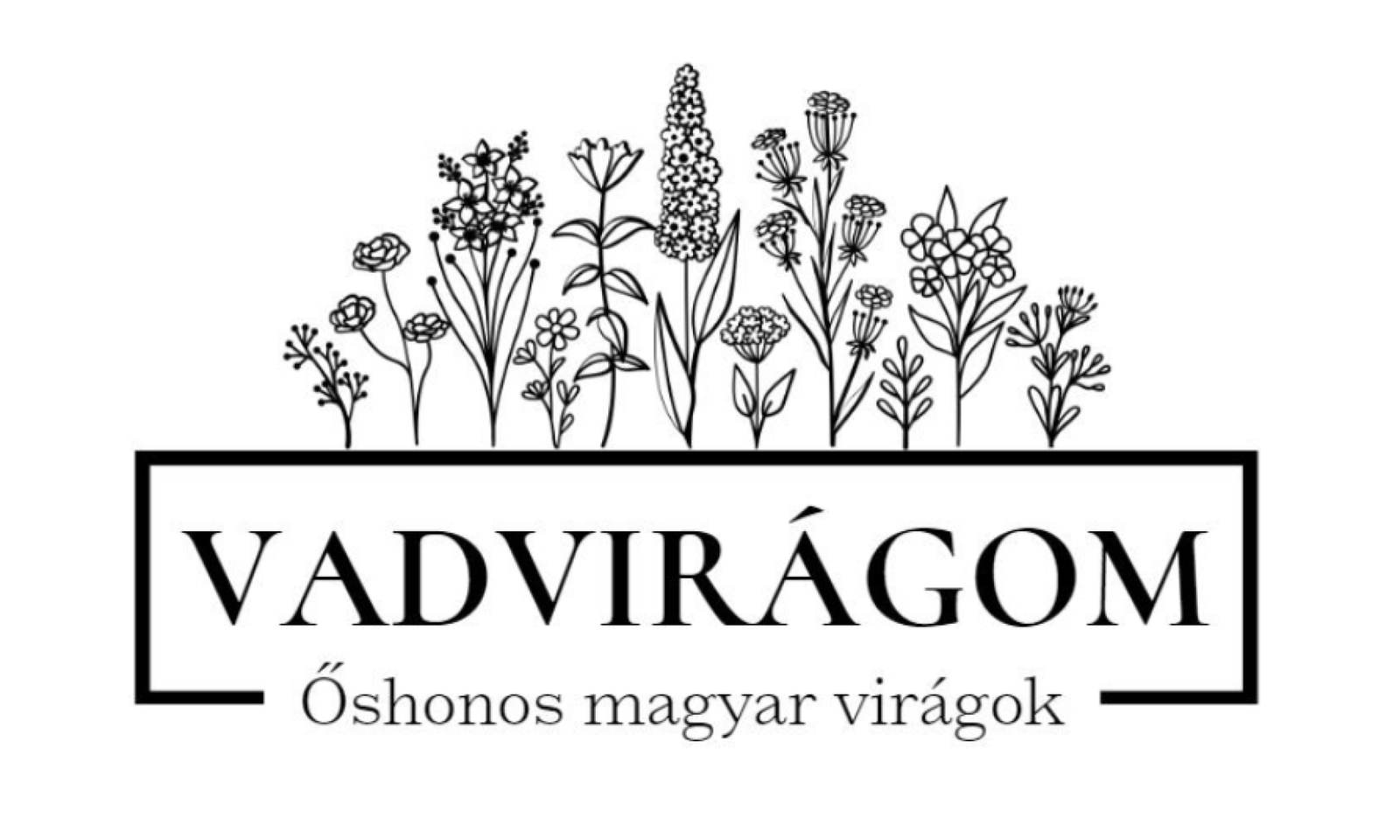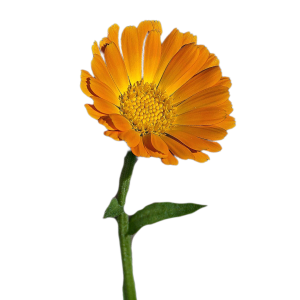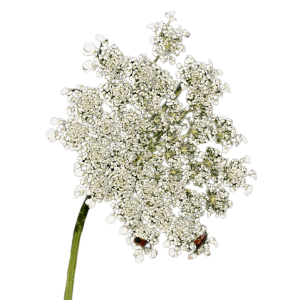Cretan snake lily (Echium creticum) 2g, ~650 seeds
875 Ft
The Cretan snake-flower (Echium creticum) is a wildflower from Crete, which, like our terrapin snake-flower, is known for its incredible nectar production. While our teriyas are biennial species, so they flower the year after sowing, Cretan snakeroot is annual, so it is ornamental the year it is sown and a valuable food source for pollinators. It is a member of the borage family and, like its relatives, Cretan snake-eye is a major pollinator, especially a favourite of bumblebees. The flowers open in a reddish hue, then turn purple through to blue, perhaps a little longer reddish than the teriyaki. I have sent it to some beekeepers to experiment with, because the literature says it produces 600 kg/ha of nectar per year, which is a brutal amount. We are testing this this year and I will report back on my experiences.
Features:
- other names: snakefish
- Latin name: Echium creticum
- family: boraginaceae
- seeds origin: Poland
- pollination factor: 10/10!
| Lifecycle | annual |
|---|---|
| Species | wildflower |
| Demand for light | Sunny |
| Dispensing | presented by species |
| Special feature | for beginners, pollination factor 10/10, Zita's favourite |
| Height | 30-60 cm |
| Quantity | 2g |
| Ancestry | European |
| Colour | blue, purple, red |
| Talaj | neutral, clay/limestone, sandy, medium, chalky, acidic |
| Flowering month | long flowering, May, June, July, August, August, September, October |
| Water demand | drought tolerant, average |
1 packet contains 2g, about 650 seeds.
For betting suggestions and more details, scroll down.
In stock
Description
The Cretan snake-flower (Echium creticum) is a wildflower from Crete, which, like our terrapin snake-flower, is known for its incredible nectar production. While our teriyas are biennial species, so they flower the year after sowing, Cretan snakeroot is annual, so it is ornamental the year it is sown and a valuable food source for pollinators. It is a member of the borage family and, like its relatives, Cretan snake-eye is a major pollinator, especially a favourite of bumblebees. The flowers open in a reddish hue, then turn purple through to blue, perhaps a little longer reddish than the teriyaki. I have sent it to some beekeepers to experiment with, because the literature says it produces 600 kg/ha of nectar per year, which is a brutal amount. We are testing this this year and I will report back on my experiences.
Features:
- other names: snakefish
- Latin name: Echium creticum
- family: boraginaceae
- seeds origin: Poland
- pollination factor: 10/10!
| Lifecycle | annual |
|---|---|
| Species | wildflower |
| Demand for light | Sunny |
| Dispensing | presented by species |
| Special feature | for beginners, pollination factor 10/10, Zita's favourite |
| Height | 30-60 cm |
| Quantity | 2g |
| Ancestry | European |
| Colour | blue, purple, red |
| Talaj | neutral, clay/limestone, sandy, medium, chalky, acidic |
| Flowering month | long flowering, May, June, July, August, August, September, October |
| Water demand | drought tolerant, average |
Compared to the native spreading species, this Cretan snake-grass is an annual species, so it is best sown in spring in its permanent location. Cover the seeds thinly with soil, about half an inch thick. Water and keep the soil moist for the first few weeks of germination. It is an annual flower, so it will flower in the year of sowing, from about June, and continue until the autumn frosts. It's a good self-seeder, so once established it can be an ornament to your garden for many years.
Admire the spectacle!
More information
| Mass | 5 g |
|---|---|
| Lifecycle | |
| Species | |
| Demand for light | |
| Dispensing | |
| Special feature | |
| Height | |
| Quantity | |
| Ancestry | |
| Colour | |
| Talaj | |
| Flowering month | long flowering, May, June, July, August, August, September, October |
| Water demand |
Only users who are logged in and have already purchased the product can write a review.









Reviews
No reviews yet.